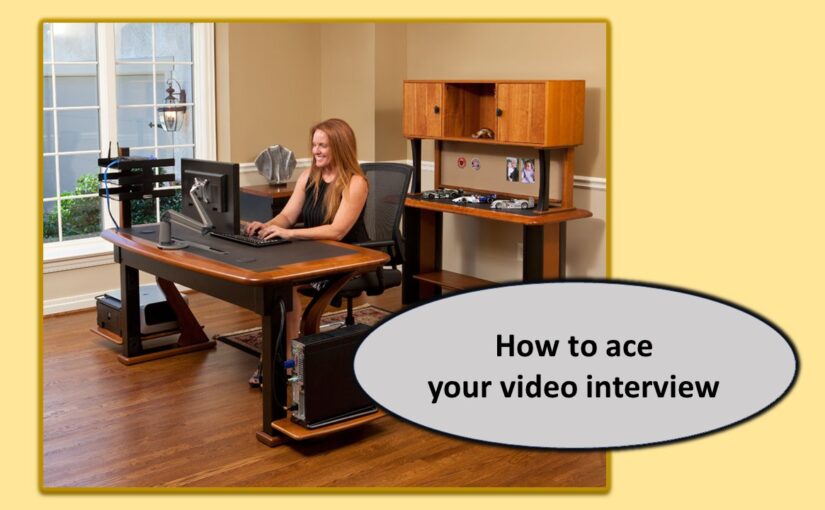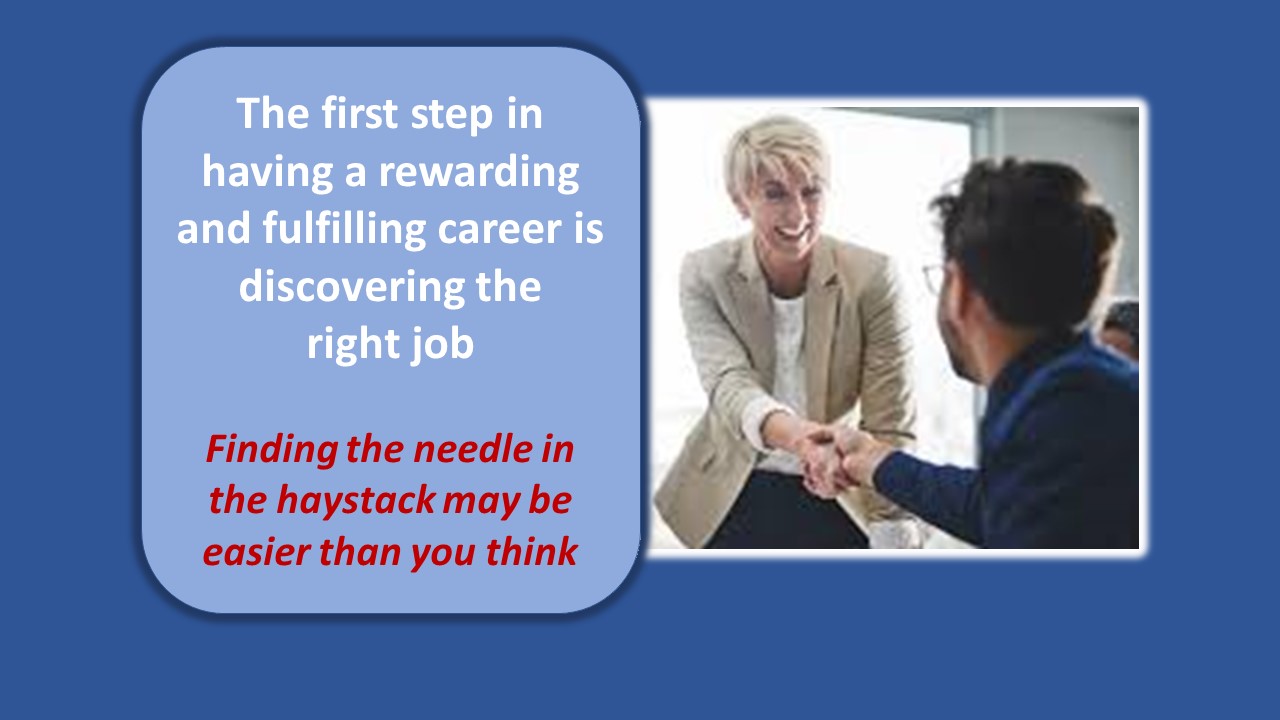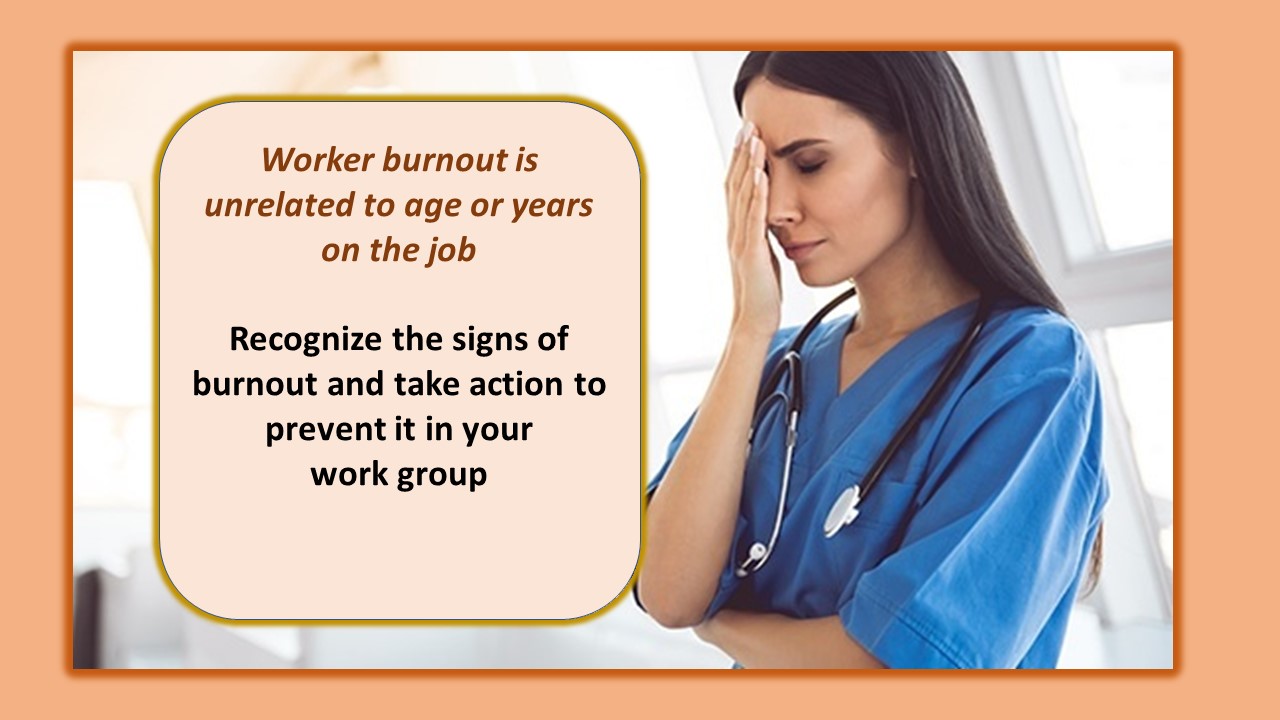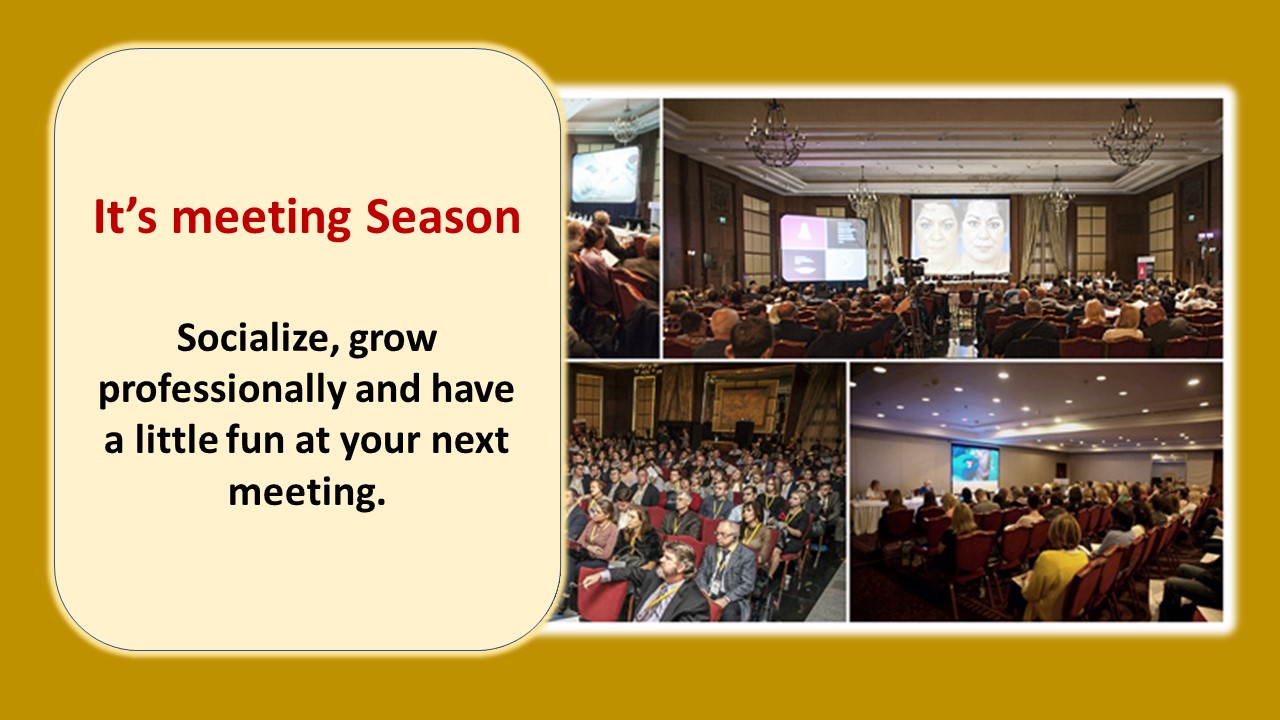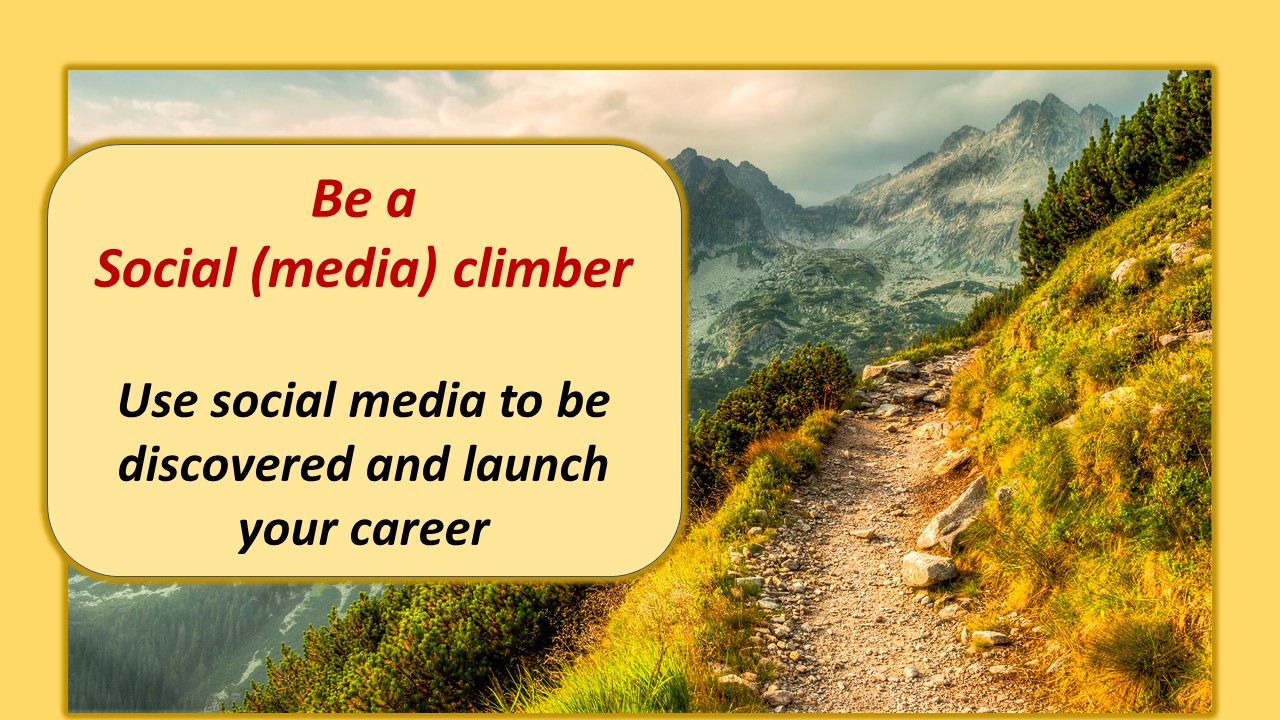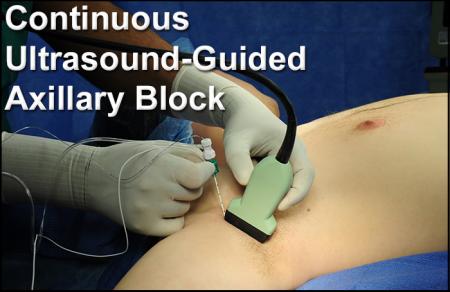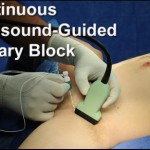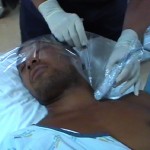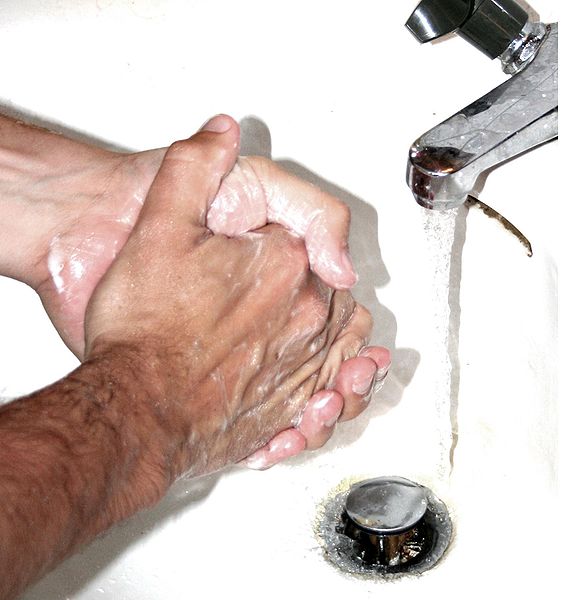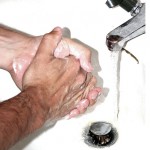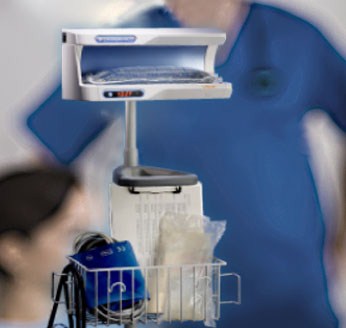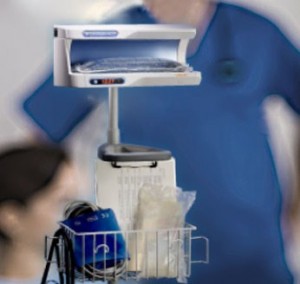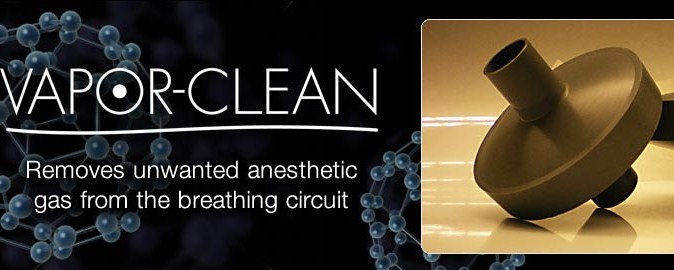By Thomas Davis, DNAP, MAE, CRNA
Follow @procrnatom on twitter
Social distancing requirements related to COVID 19 forced many companies to close the office and develop an entirely new workflow to include working from home. Major organizations such as Facebook, Uber, Reuters, and Google have extended working remotely and some jobs may never return to the traditional office. Successful companies are conducting busines through online marketing followed by email and video conferencing. Technology is filling a void and using video conferencing for virtual recruiting is becoming the norm for many workgroups. Rather than fearing the prospect of a long-distance interview, embrace the opportunity to demonstrate flexibility and your comfort with technology.
Ace your virtual interview
All job interviews require preparation; however, a virtual intervieweliminatesa lot of logistics, giving you more time to prepare and total control of the meeting environment. Leverage the home court advantage that you have been given by removing distractions, creating a professional interview room, and learning all that can be determined about your next employer and the job that you will be expected to do. Here are seven simple ways to set yourself up for success in a virtual interview.
Take the interview seriously. Before the interview, learn about your future employer and become familiar with the organization’s mission, vision, and values. Read and jot down key points on the job description. Prepare a list of questions with the anticipation that at some point you will have the opportunity to ask them.
Learn the technology. Although platforms such as Zoom and GoToMeeting are popular for video conferencing have a large user base, other lesser known platforms such as Join.me, Ready Talk, and OnStream meeting offer fully functional alternatives. Your future employer will send you an invitation to the video conference and identify the platform. It is your job to go online and learn to use the format well in advance of the interview. Do this by establishing a subscription, soliciting a trusted friend to do the same, and recording a mock interview as a test of the technology prior to the formal interview.
Prepare the environment. Many people opt to do video interviews from home, others arrange office space for the event. If you have a friend or relative with an office that appears professional, ask to “borrow” it for the afternoon. If you are planning to use a dedicated office at home, remove all clutter from the desk, arrange your professional books on the shelves and remember to straighten all the wall-hangings.
Those who have created work/study space in a bedroom must prepare it as if your next boss were doing an inspection of your personal work area. Make the bed meticulously, remove clutter and memorabilia, and make sure the closet and bathroom doors are closed. If your office opens to common space in the house such as a hallway, make sure that there is no traffic or noise during the interview. Review the mock interview and examine it closely for visible or audible distractions in the background.
Lighting is extremely important and should be positioned to illuminate your face. Place a lamp in front of you and behind your computer so that it brightens your face. Overhead lights or lamps behind you will put your face in a shadow and make you less visible on camera. Different types of light bulbs (daylight, soft glow, warm, relaxed, etc.) produce quite different effects. When reviewing your mock interview, take note of the lighting and change bulbs if necessary.
Dress for success. Dress as if you were meeting in person. Business clothing will help you develop a professional mindset and boost your confidence, as well as impressing your potential employer with your sincerity and business sense. Do not make the mistake of wearing professional attire from the waist up with the assumption that nobody will see the gym shorts under the desk. To do so is deceptive, makes the interview feel less formal, and if it comes into view, is not a good way to break the ice with your future boss.
Personal hygiene is even more important during a video interview because the camera will show the leftover lunch between your teeth and the hair in your nose. Hands and fingernails must be clean and excessive makeup or jewelry should be avoided.
Make a strong first impression. The reputation that you create begins with those who work behind the scenes to arrange/facilitate the video interview. As a Chief CRNA, my administrative assistant did all the logistical work to arrange applicant interviews. She kept me informed when applicants “just didn’t get it” and had to be given the same information several times. When you coordinate your video interview with the facilitator, ask all your questions at once, take notes and get it right the first time.
Bring it all together at the interview. On interview day, be tech savvy and on time. Smile and be upbeat from the first connection and speak loudly and clearly. If you have anything to display during the interview, have it minimized on your home screen so that it can be easily located and presented as a screen share. Remain positive, upbeat, relaxed, and pleasant. Look directly into the camera while speaking and avoid the temptation to watch your computer screen. Be mindful of your hands and do not create a distraction by fidgeting, playing with a rubber band or clicking a pen. Have a clock next to your computer and do not look at your watch during the interview. Use a book stand to hold a clipboard with your cheat sheet or other interview notes and keep them out of view of the camera.
Follow-up after the interview. As you approach the conclusion of the interview, ask about your next step and their timeline for filling the position. If additional material is requested, send it promptly at the end of the interview. If you are instructed to complete an online job application, do it the same day.
Finally, have a touch of class and send a handwritten thank you note for the opportunity to interview and the interest that they have shown in you. An immediate email is okay but will be more effective if you follow it with a written note on a high-quality blank card in the regular mail. Caution: this is a thank you and not a platform for you to restate your strengths.
“The difficulty lies not so much in developing new ideas as in escaping from old ones.”
~John Maynard Keynes
COVID 19 has changed the way mainstream business is conducted and innovative uses of technology, such as the video interview, will be with us long after the viral threat has subsided. Regardless of the format, the personal interview will remain an important part of assessing applicants for a position and successful candidates will be those who show self-confidence and professional competence via the video platform. Follow the Seven Simple ways to ace the video interview and land the offer.
Tom is an experienced leader, author, and requested speaker. Click here for a video introduction to Tom’s talk topics.
